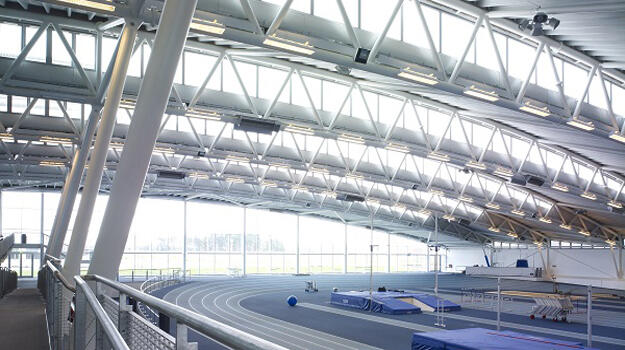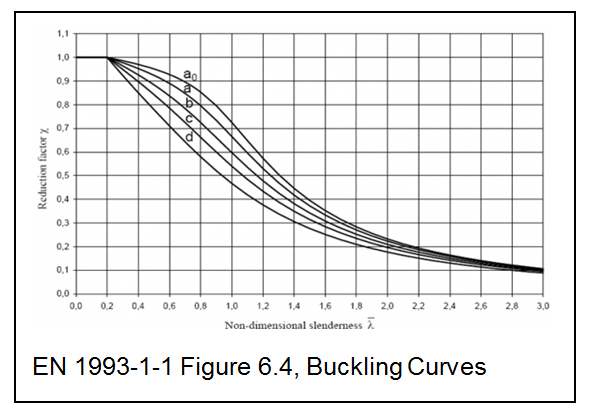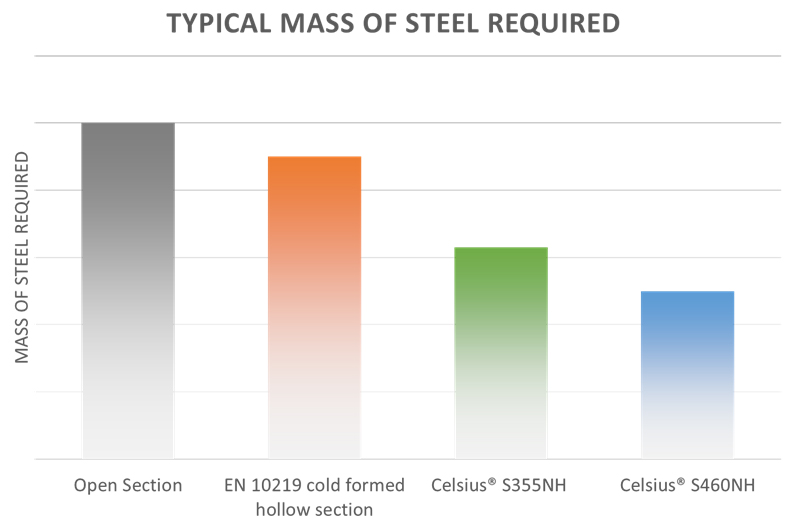Steel construction is inherently good because of the infinitely recyclable nature of steel and the efficiency of steel structures. But Celsius®, our range of true hot finished tubes to EN 10210, takes this to another level.

As buildings become ever more energy-efficient, focus is turning to the fabric of the buildings themselves to ensure that this is optimised for sustainability. Steel construction is inherently good because of the infinitely recyclable nature of steel and the efficiency of steel structures. But Celsius®, our range of true hot finished tubes to EN 10210, takes this to another level.
A practical way to minimise the negative environmental impact of construction materials is to use less of them and for steel, a measure which can translate directly into environmental impact is weight. Put simply, a lighter-weight steel structure will have a lower environmental footprint than a heavier-weight structure, all other things being equal.
A tubular hollow section, whether round, square or rectangular, is inherently a structurally efficient form for many applications. Just the use of structural tubes can help in minimising the weight of structural steelwork in many cases. But the type of hollow section used can compound this benefit.
Using Celsius® true hot finished hollow sections takes weight reduction further due to the normalized steel used. The homogeneous metallurgy of true hot finished hollow sections adds extra efficiency in design. This is recognised in design standards such as Eurocode 3 for structures through the choice of buckling curve.
The Eurocode defines a set of buckling curves which determine the reduction factor to be used in structural calculations, depending on section slenderness. The fundamental properties of different structural sections define which curve is to be used for each and this is defined within the Eurocode standard. Cold formed hollow sections must use the c-curve, whereas true hot finished (normalized) hollow sections according to EN 10210 can use the a-curve due to the homogeneity of their metallurgy and therefore predictability of their behaviour under load.
 Use of the a-curve for buckling means that our Celsius® hollow sections have effectively up to 35% more loading capacity than a cold formed equivalent. Where buckling is important a smaller, lighter section can be used if Celsius® is specified rather than a generic cold formed hollow section, saving steel and reducing the environmental footprint. This has long been recognised by engineers and is one of the key reasons for the popularity of hot finished hollow sections in structural steelwork.
Use of the a-curve for buckling means that our Celsius® hollow sections have effectively up to 35% more loading capacity than a cold formed equivalent. Where buckling is important a smaller, lighter section can be used if Celsius® is specified rather than a generic cold formed hollow section, saving steel and reducing the environmental footprint. This has long been recognised by engineers and is one of the key reasons for the popularity of hot finished hollow sections in structural steelwork.
Our new, innovative Celsius® S460NH grade takes this weight-saving even further. We have designed our range of S460NH so that, in strength-limited applications, a lighter, thinner section can always be used, compared to an equivalent in S355 steel. The down-gauging that this allows gives at least a 20% weight saving in all cases.
And it doesn’t stop there because the Eurocode design standard recognises the benefits of hot finished S460NH hollow sections by enabling the a0 buckling curve. The a0 buckling curve is even more efficient than the a-curve, so even greater efficiencies can be achieved by using Celsius® S460NH.
For steel structures, efficient design means less steel and less embodied impacts from that steel. Looking, for example, at CO2 emissions, the majority of the embodied impact of a steel structure is in the steel-making itself, so using less steel means less embodied emissions.

In the push for sustainability, material efficiency is key and this is why using Celsius® hollow sections, and particularly the S460NH grade, can play a major part in making more sustainable structures.
There are many further advantages to using Celsius® hollow sections, of course. For example, the tighter-than-standard corner radius makes welding simpler, presenting a larger flat face and reducing the need for weld infill, again minimising use of materials.
And lower weight doesn’t just have an impact on the structural hollow sections themselves – a lighter-weight structure can reduce the demands on the sub-structure, enabling less material to be used in foundations. In tall buildings, a lighter-weight upper structure can reduce the demands further down.
While material efficiency can play a big part in reducing embodied impacts, true sustainable construction needs to balance this with issues like responsible sourcing. Our Celsius® hollow sections are produced under BES 6001 certification for responsible sourcing and Tata Steel is now also a member of ResponsibleSteel™, driving the steel industry towards transparency and broader sustainability.











































































































































































